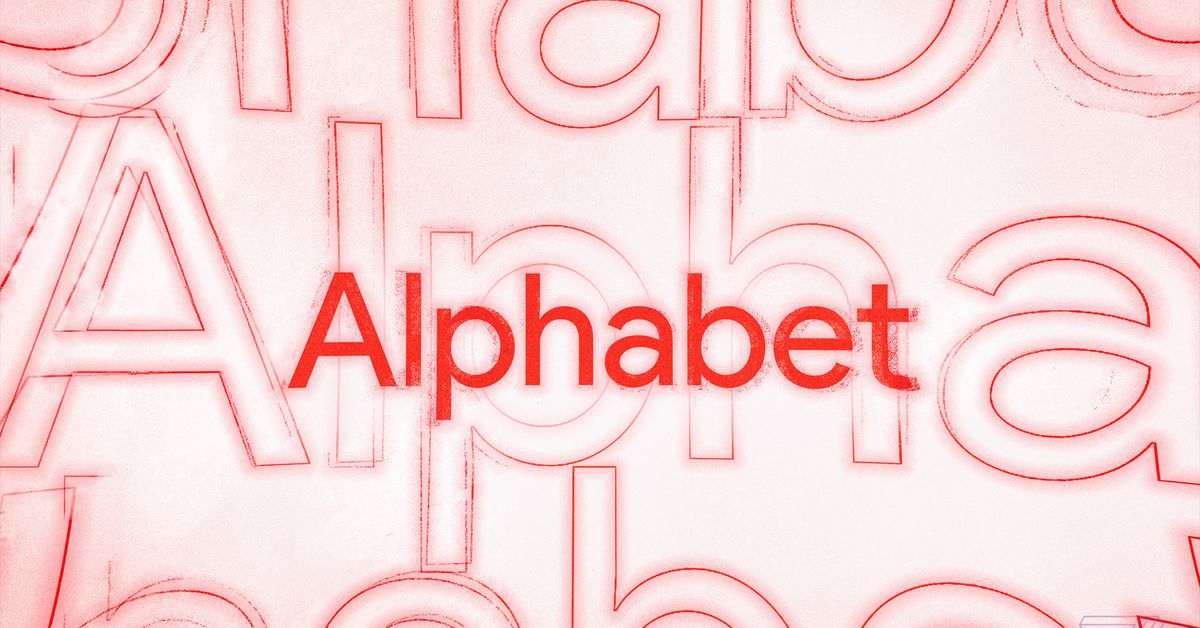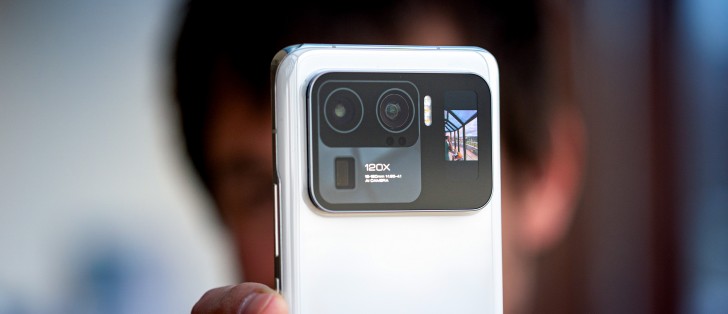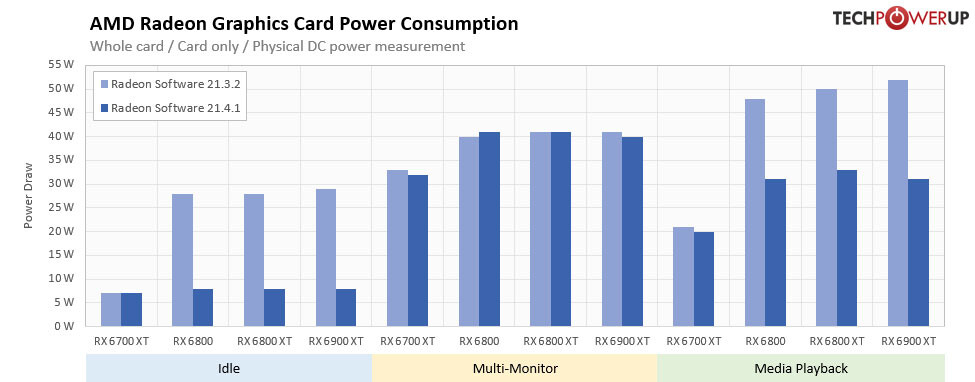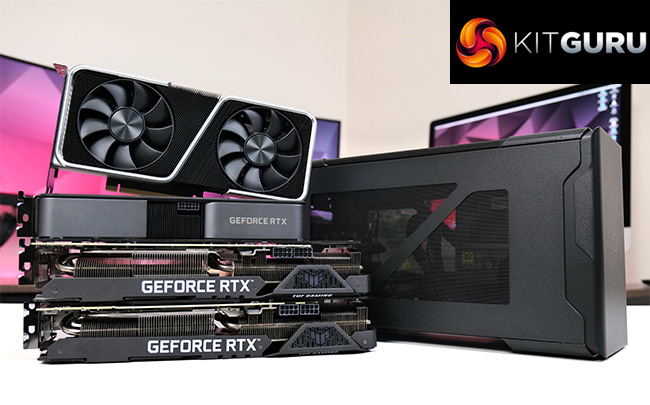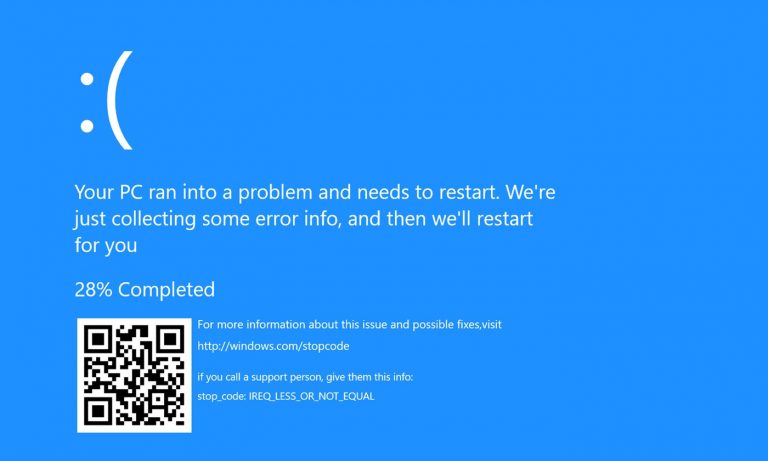During the height of the pandemic last year, Google was the rare tech giant that actually saw a revenue decline — the first in the company’s history — but only by 2 percent. To say Google has now recovered would be the understatement of the week: Alphabet’s just-released Q1 2021 earnings show it raking in a stunning amount of cash this spring, nearly as high as the all-time record revenues and profit it set last quarter.
Alphabet’s filing (PDF) shows revenues of $55.3 billion, nearly as much as the $56.9 billion it pulled in Q4 2020, alongside $17.9 billion in profit compared to $15.2 billion. That’s also 34 percent more revenue year over year, though that’s admittedly comparing to March 2020 when the effects of some pandemic shutdowns may have been included in the results.
Alphabet’s all-important Google Cloud business does still seem to be losing money — last quarter, it broke out Google Cloud sales for the first time ever to reveal an eye-watering $5.6 billion loss in 2020. But the bleeding has slowed, with the company losing less than a billion dollars ($974M, to be precise) on over $4 billion in revenue. Each prior reported quarter saw over a billion in losses after pulling in under $4B, so those are both improvements.
We also learned for the first time last year how much money YouTube brings in (it was a $15-billion-a-year business in 2020), and while YouTube didn’t pull in quite as much money in the spring quarter as in Q4 ($6.0B vs. $6.9B previously), it’s still a huge increase from the flat $4 billion YouTube’s ads delivered a year ago in Q1 2020. Back-to-back $6B quarters for YouTube would suggest we’ll be looking at far more than a $15 billion-a-year business — assuming people don’t dramatically cut back on their YouTube viewing as vaccine availability spreads and people get back out in the world.
It’s hard to tell how Google’s hardware business is doing because Alphabet bundles it into a giant “Google Services” category that not only includes YouTube and Search but also the company’s entire ads business, the Chrome browser, and Android’s software revenue. But the company does have a “Google other” category that it makes distinct from its search and ads businesses, and that category pulled in $2 billion more year-over-year to reach $6.49 billion in revenue.
Alphabet’s “Other Bets,” comprised of its experimental projects like self-driving company Waymo, health company Verily, and Google Fiber, is unsurprisingly still small. It pulled in only $198 million in revenue for an operating loss of $1.15 billion.
Developing… we’ll be updating this story with more info from Alphabet / Google’s earnings release and the investor conference call at 5PM ET.
